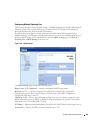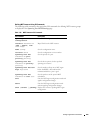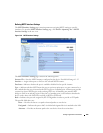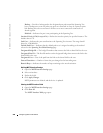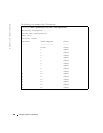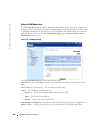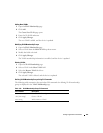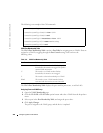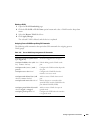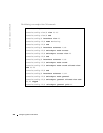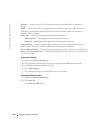
Configuring Switch Information 299
Configuring VLANs
VLANs are logical subgroups with a LAN created via software, rather than defining a hardware
solution. VLANs combine user stations and network devices into a single unit, regardless of the
physical LAN segment to which they are attached. VLANs allow network traffic to flow more
efficiently within subgroups. VLANs managed through software reduce the amount of time
network changes, additions, and moves are implemented.
VLANs have no minimum number of ports, and can be created per unit, per device, per stack, or
any other logical connection combination, as VLANs are software-based and not defined by
physical attributes.
VLANs function at Layer 2 level. Since VLANs isolate traffic within the VLAN, a router working at
the Layer 3 protocol level is needed to allow traffic flow between VLANs. Layer 3 routers identify
segments and coordinate with VLANs. VLANs are Broadcast and Multicast domain. Broadcast and
Multicast traffic is transmitted only in the VLAN in which the traffic is generated.
VLAN tagging provides a method of transferring VLAN information between VLAN groups. VLAN
tagging attaches a 4-byte tag to packet headers. The VLAN tag indicates to which VLAN the packet
belongs. VLAN tags are attached to the VLAN by either the end station or by the network device.
VLAN tags also contains VLAN network priority information.
Combining VLANs and GVRP allows network managers to define network nodes into Broadcast
domains. Broadcast and Multicast traffic is confined to the originating group.
To open the
VLAN
page, click
Switch
→
VLAN
in the tree view.



